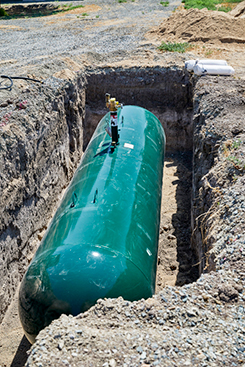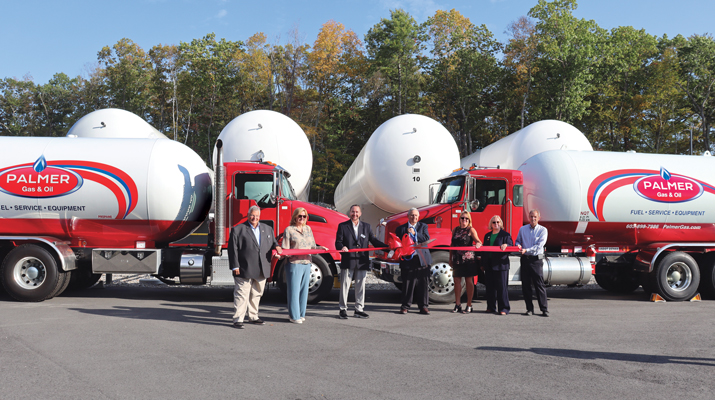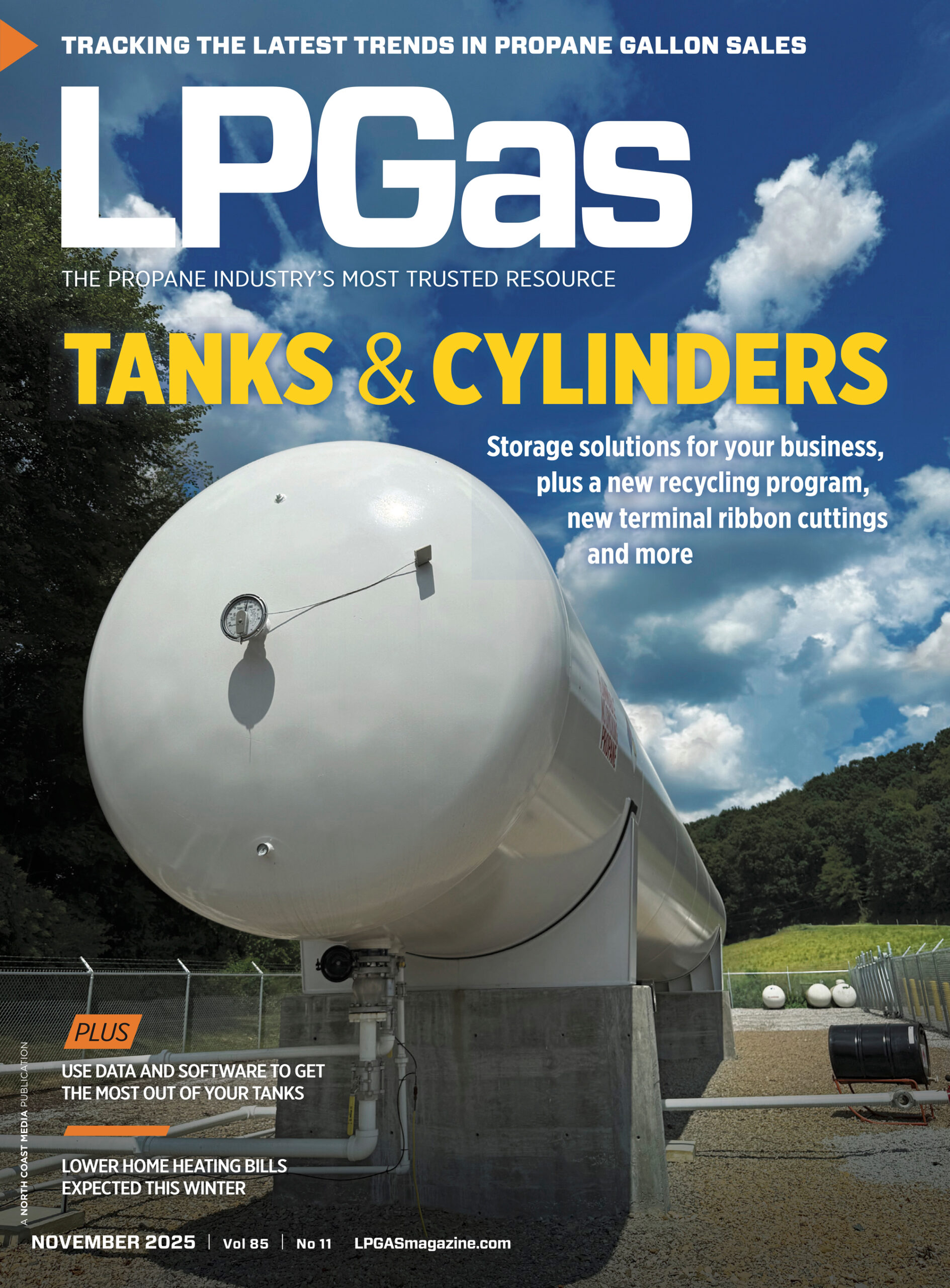Department of Labor urges safety during trench and excavation work
Following a recent series of trench collapses in the Midwest, the U.S. Department of Labor’s Occupational Safety and Health Administration (OSHA) is urging workplaces to take the necessary steps to safeguard workers from well-known industry hazards that can be prevented when the required protections are used.

Soil can be heavy – 1 cu. yd. can weigh as much as a car – so it is important to know and test the type of soil at every worksite before work begins. Large amounts of rain can impact soil and significantly increase its weight, causing it to become more hazardous and more likely to collapse.
Never enter a trench unless you are trained to recognize the hazards, and it has been inspected by a qualified individual. Trench collapses, or cave-ins, can be prevented by taking the following steps:
- Slope or bench trench walls at an angle inclined away from the excavation.
- Shore trench walls by installing aluminum hydraulic or other types of supports to prevent soil movement.
- Shield trench walls with trench boxes or other types of supports to prevent soil cave-ins.
Employers can learn more about trenching and excavation hazards and solutions, as well as five ways to stay safe in a trench, online at osha.gov/trenching-excavation.
Employers may contact their local OSHA area office for assistance or take advantage of OSHA’s free and confidential on-site consultation program.
“Since 1975, OSHA’s on-site consultation program has helped small and midsize businesses find and fix workplace hazards – at no cost to the employer – and protect millions of workers nationwide,” according to OSHA’s website.
Companies interested in booking a consultation can do so online at osha.gov/consultation.
Featured homepage image: tttuna/E+/Getty Images
















